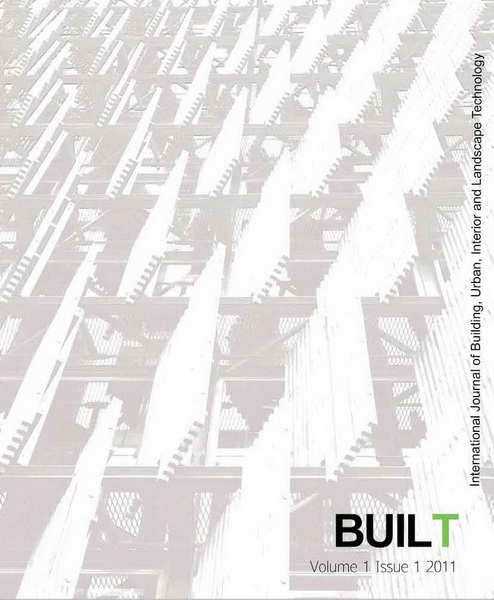Roller Shades and Automatic Lighting Control with Solar Radiation Control Strategies
Keywords:
Roller shades, Lighting control, Solar radiation, Daylighting, Energy simulationAbstract
This paper presents the methodology and energy saving results from a study on the use of roller shades in commercial buildings using different solar radiation control strategies and automatic lighting control. This study applies standard energy code-compliant double-pane windows across a variety of test parameters. A test private-office space was simulated using the EnergyPlus energy simulation program in two different U.S. cities, one heating- and one cooling-dominated climate, with the windows facing each of the four standard compass directions. The roller shades were operated with different solar radiation setpoint control strategies in an attempt to minimize total energy consumption. Impacts on lighting, heating and cooling energy are separately reported. A guideline for effective use of roller shades and automatic lighting control using solar radiation control strategies in architectural applications is also provided.
Downloads
References
AHSRAE. (2007). ANSI/ASHRAE/IESNA standard 90.1-2007. Atlanta, GA: ASHRAE.
DOE. (2007). EnergyPlus engineering reference. The Reference to EnergyPlus Calculations.
Farber, E. A., Smith, W. A., Pennington, C. W., & Reed, J. C. (1963). Theoretical analysis of solar heat gain through insulating glass with inside shading. ASHRAE -- Transac- tions, 69, 392-405.
Haselbach, L. (2008). The engineering guide to LEED-new construction: Sustainable construction for engineers. New York: McGraw-Hill.
ISO. (2003). ISO 15099:2003 Thermal performance of windows, doors and shading devices - detailed calculations (Vol. 15099:2003): International Organiza- tion for Standardization.
Lee, E. S., & Selkowitz, S. E. (1995). Design and evaluation of integrated envelope and lighting control strategies for commercial buildings. Chicago, IL, USA.
Lee, E. S., & Selkowitz, S. E. (2006). The New York Times Headquarters daylighting mockup: Monitored perfor- mance of the daylighting control system. Energy and Buildings, 38(7), 914-929.
Littlefair, P., Ortiz, J., & Bhaumik, C. D. (2010). A simulation of solar shading control on UK office energy use. Building Research & Information, 38(6), 638 - 646.
Luecke, G. R., & Slaughter, J. (1995). Design, development, and testing of an automated window shade controller. Journal of Solar Energy Engineering, 117(4), 326-332.
Moore, G. L., & Pennington, C. W. (1967). Measurement and application of solar properties of drapery shading materials. ASHRAE -- Transactions, 73(Part 1), 15.
Ozisik, N., & Schutrum, L. F. (1959). Heat flow through glass, with roller shades. ASHRAE Journal, 1(4), 49-53.
Ozisik, N., & Schutrum, L. F. (1960). How drapes affect heat gain as tested with regular and heat absorbing glass. ASHRAE Journal, 2(6), 53-56.
Pennington, C. W., Smith, W. A., Farber, E. A., & Reed, J. C. (1964). Experimental analysis of solar heat gain through insulating glass with indoor shading. ASHRAE Journal, 6(2), 27-39.
Rea, M. S. (1984). Window blind occlusion: A pilot study. Building and Environment, 19(2), 133-137.
Rubin, A. I., Collins, B. L., & Tibbott, R. L. (1978). Window blinds as a potential energy saver-a case study. NBS Building Science Series, 112.
Yellott, J. I. (1965). Drapery fabrics and their effectiveness in solar heat control. ASHRAE -- Transactions, 71(Part 1), 260-272.
Downloads
Published
How to Cite
Issue
Section
License

This work is licensed under a Creative Commons Attribution-NonCommercial-NoDerivatives 4.0 International License.











